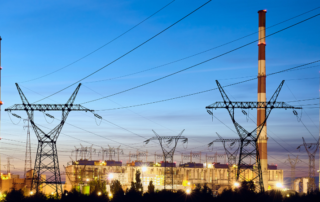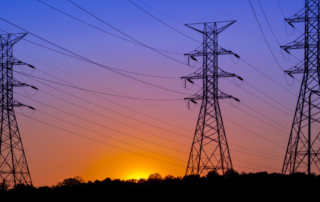On-Site Power Generation: How Large Energy Users Are Making Their Own Power To Offset Rising Capacity Costs
Rising capacity charges, unpredictable market prices, and mounting sustainability targets are prompting a growing number of businesses to generate their own electricity on-site. This article explores the forces driving adoption, the technologies leading the movement, and how companies are using on-site generation to protect their bottom line.
Load Duration Curve: Managing Energy Demand Over Time
As the energy grid grows more complex with the rise of renewables and data center demand, managing electricity consumption has never been more critical. The Load Duration Curve (LDC) offers a powerful tool for visualizing and forecasting energy demand across different load types. In this article, we’ll break down how LDCs help utilities, businesses, and system operators make smarter, data-driven energy decisions.
Lessons Learned From Two Decades Of Energy Deregulation
Energy deregulation has transformed the U.S. energy landscape over the past two decades, introducing both opportunities and challenges for businesses and consumers. While deregulated markets have driven innovation, increased renewable energy adoption, and created competitive pricing structures, they have also faced regulatory scrutiny, market volatility, and consumer protection concerns. As the energy sector continues to evolve, policymakers are refining deregulation models to better support renewable energy integration, capacity market stability, and consumer transparency.
Building Trust: What Commercial Energy Clients Expect from Suppliers
When choosing an energy supplier, commercial customers seek more than just competitive pricing; they prioritize transparency, reliability, and long-term value. With evolving market complexities and regulatory changes, businesses must navigate supplier relationships carefully to ensure they receive fair pricing, ethical service, and contract flexibility.
Strategies to Mitigate Rising Energy Capacity Prices in 2025 and Beyond
With energy capacity prices set to rise in 2025 and beyond, businesses must take proactive steps to control costs and minimize financial risks. From optimizing load factor to investing in on-site generation, there are effective strategies to offset these expenses. Leveraging expert guidance can make all the difference in managing long-term energy costs.
Interruptible Load Programs: How They Benefit Both Utilities and Commercial Consumers
Interruptible load programs (ILPs) are revolutionizing the way utilities and commercial consumers manage energy demand. In this article, we’ll explore how ILPs work, their benefits, challenges, and how they contribute to a more sustainable and resilient energy system.





